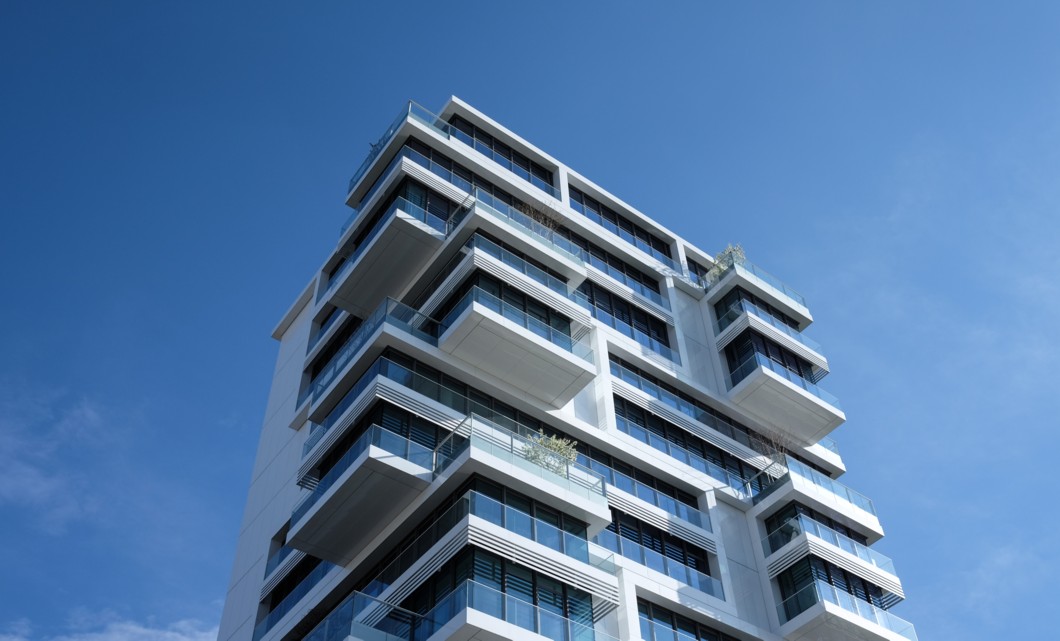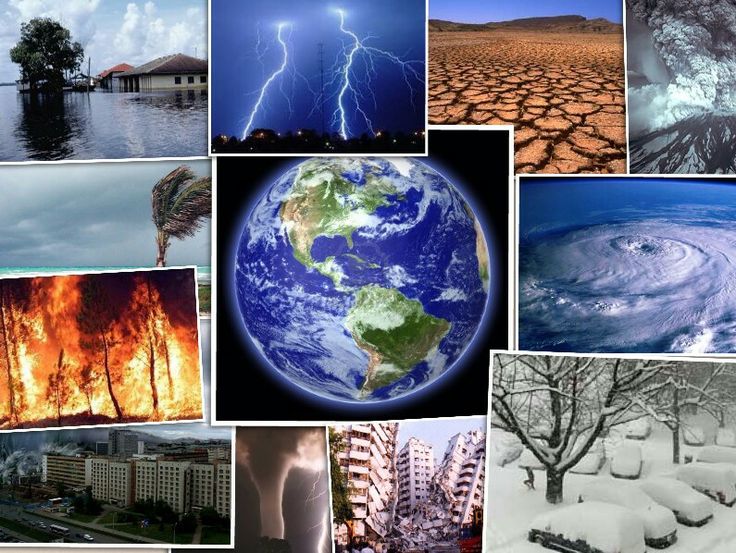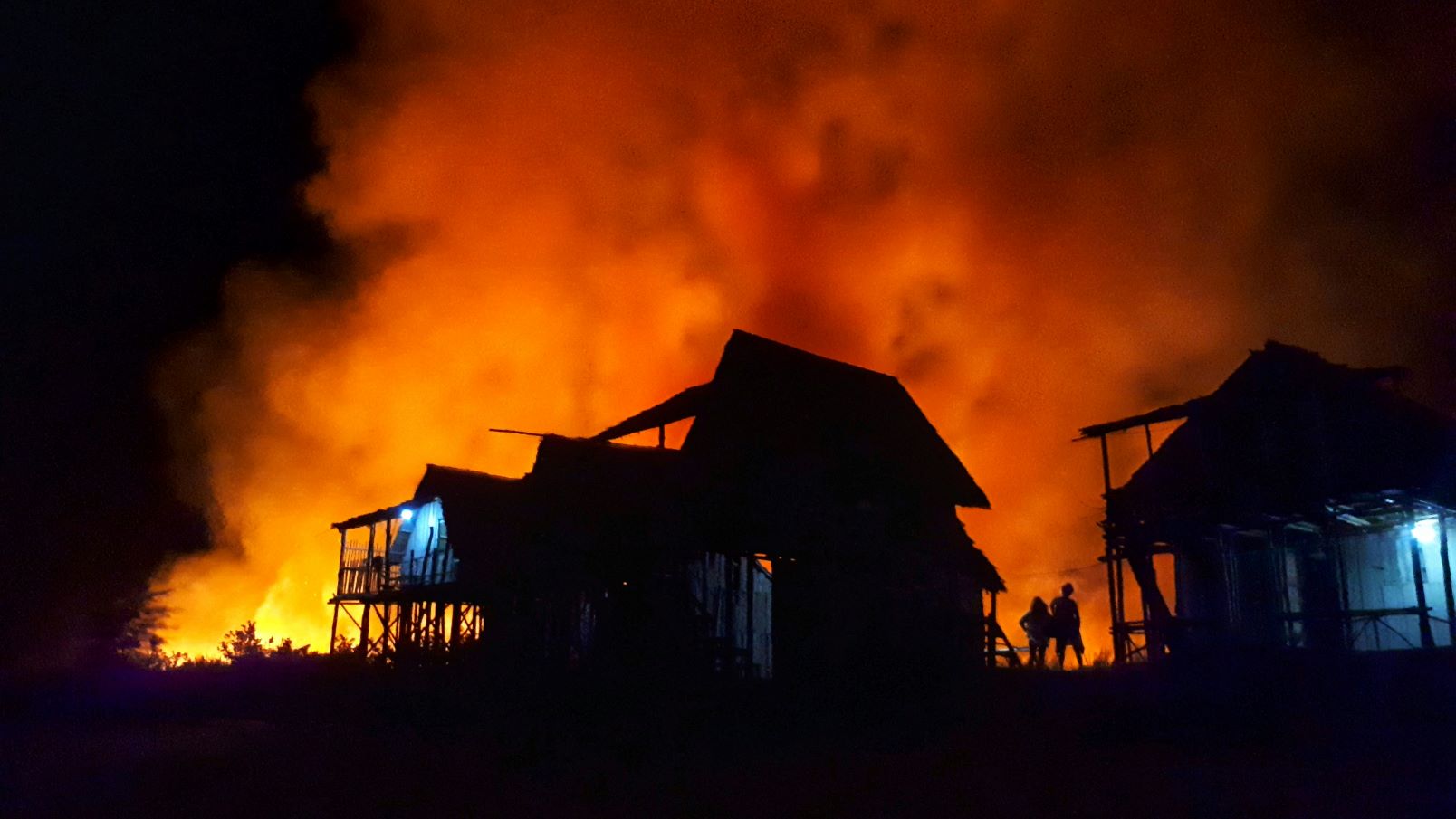

A Look at Our Future from the Perspective of Building Resiliency


The ’New Normal’ may not be what you thought it would be
Everyone is asking what will the future be like after the COVID 19 pandemic. For one thing, we have to stop assuming that the old ways will come back, They will not. McKinsey and Company say social distancing, for example, may become the workplace norm, and remote working could dramatically change the urban landscape and the need for expensive downtown offices. Faster, more agile decision-making in times of emergency and revamping supply chains from just-in-time to just-in-case will diversify materials sources and flows. Corporate investment will shift toward environmental priorities as a source of resilience and competitive advantage and environmental management will become the core management and financial tenant, not a side issue. The top four areas it proposes to focus on are: recovering revenue, rebuilding operations, rethinking the organization, and accelerating the adoption of digital solutions. The simple reality is that many businesses will not survive in the New Normal business environment. Read more here.
Fighting Fire With Fire – How will California prevent more mega-wildfire disasters?
Fires in the West — particularly in California—have grown in size and intensity, and have become particularly devastating in the last five years. Many things contributed to this, including misguided forest management aimed at total fire suppression which eliminated the role of natural fire on the landscape, allowing two to four times the normal amount of woody fuel to accumulate even as the biggest, healthiest, most fire-resistant trees were being logged out. As well, California’s population has doubled since 1970, leading to unprecedented sprawl in the wildland-urban interface, putting millions of people in harm’s way. Also, climate change has extended the fire season by at least 75 days since the 1970s. California’s 2018 Climate Change Assessment predicts large fires (including megafires of 100,000 acres or more) will increase by 50 percent and acreage burned by 77 percent during this century. What to do about it? Besides being more careful where you build and what you build with, researchers suggest that controlled burns and replacing fire-prone trees and grasslands with more fire-resistant native species may be one solution that will prevent more devastating future conflagrations. Read more here.
Millions More Americans Will Face Climate Disasters
More unsettling news from Scientific American. The population exposed to one or more extreme weather events each year could more than double by mid-century. Roughly one-third of the U.S. population—or 118 million Americans—could feel one or more extreme weather events annually by 2050 if population and greenhouse gas emissions continue to rise, according to new research from the Energy Department’s Oak Ridge National Laboratory. That more than doubles the 47 million Americans who currently experience extreme heat and cold, prolonged droughts, and intensifying floods. And it reflects the greater frequency of climate disasters nationwide. The message here is we will need to build more climate-resilient buildings. Could concrete be part of this solution? Read more here
Climate risk and responses
We know things are changing. And while companies and communities have been adapting to reduce climate risk, the pace and scale of adaptation are likely to need to significantly increase to manage rising levels of physical climate risk. Climate adaptation is likely to entail rising costs and tough choices that may include whether to invest in hardening or relocate people and assets. Physical assets like buildings could be damaged or destroyed by extreme precipitation, tidal flooding, forest fires, and other hazards. Infrastructure assets could be destroyed or disrupted in their functioning, leading to a decline in the services they provide or a rise in the cost of these services. This, in turn, can have knock-on effects on other sectors that rely on these infrastructure assets. The important message here is to build it right and build it strong. Read more here.
The Pacific Northwest Building Resilience Coalition is a gathering of organizations, primarily in the cement, concrete and masonry industries, committed to furthering the planning, development, and construction of buildings and associated infrastructure better able to recover from and to adapt to the growing impacts of an ever-changing urban and physical environment. Follow us at https://buildingresiliencecoalition.org/
__________________________________________________________________________
Recent Posts
The Future of Cement as a Sustainable and Resilient Building Product
The future of cement shaping up to forge a more sustainable construction industry that meets…
The Growing Importance of Resiliency in the Design and Construction of Buildings
Resiliency is becoming increasingly important in building design and construction due to the rising frequency…
GCCA Global Low Carbon Ratings for Cement and Concrete
The Global Cement and Concrete Association (GCCA) has developed a standardised low carbon rating system…
Building for Resiliency with Insulated Concrete Forms
Building with Insulated Concrete Forms (ICFs) is increasingly recognized as a critical component of modern…
Building Resiliency in the Pacific Northwest
In the Pacific Northwest, the increasing frequency and severity of climate-related disasters, such as wildfires,…
How California can rebuild safer, more resilient cities after wildfires
The catastrophic LA wildfires were a powerful reminder that governments and communities need to think…




